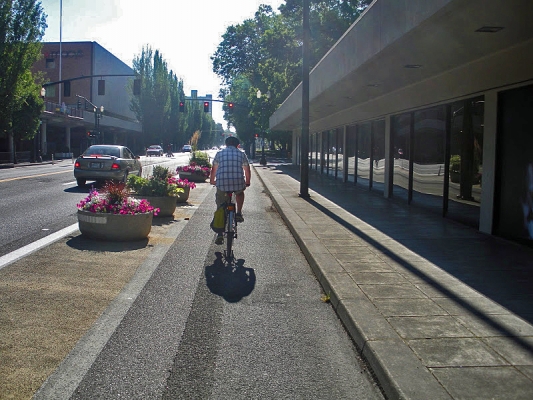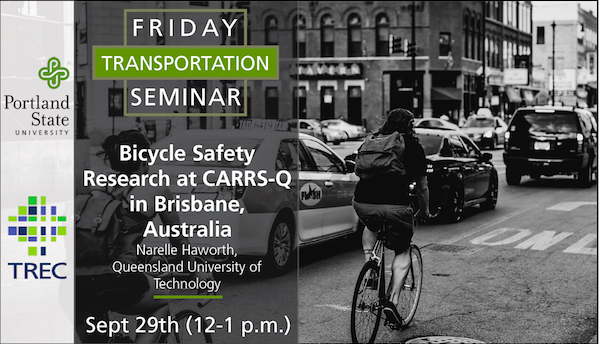Watch video
View slides
Transportation and Road Weather
Where: Room 204 of the Distance Learning Center Wing of the Urban Center at PSU
Speaker: Rhonda Young, University of Wyoming
Topic: Transportation and Road Weather
Summary: Weather has a tremendous impact on the transportation system and is one of the largest contributors to non-recurring delay and increased crashes. Road weather is the a multidisciplinary area involving transportation engineers and meteorologists who are working to mitigate the negative effects of weather on the operation and maintenance practices of transportation systems. The talk covers the broad types of issues being studied in this field and looks at ways in which technology is playing a large part in the proposed solutions. The issue of weather as a complicating factor in the use of connected and autonomous vehicle technologies is also discussed.
Bio: Rhonda Young is an associate professor in the Department of Civil and Architectural Engineering at the University of Wyoming since 2002 and teaches graduate and undergraduate classes in Traffic Operations, Transportation Planning, Transportation Design and Traffic Safety. She completed her master and PhD degrees in Civil Engineering at the University of Washington and...
Read more

